REDUCE INEQUALITY WITHIN AND AMONG COUNTRIES
The international community has made significant strides towards lifting people out of poverty. The most vulnerable nations – the least developed countries, the landlocked developing countries and the small island developing states – continue to make inroads into poverty reduction. However, inequality persists and large disparities remain regarding access to health and education services and other assets.
To reduce inequality, policies should be universal in principle, paying attention to the needs of disadvantaged and marginalized populations. There needs to be an increase in duty-free treatment and continuation of favoring exports from developing countries, in addition to increasing the share of developing countries’ vote within the IMF.
MORE GOALS
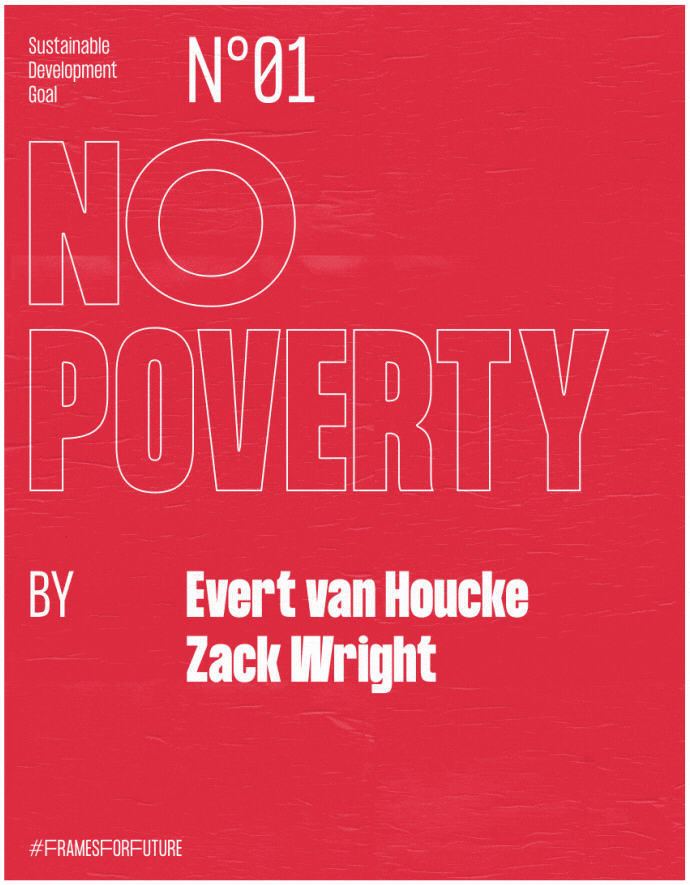
01 — NO POVERTYSustainable Development Goal
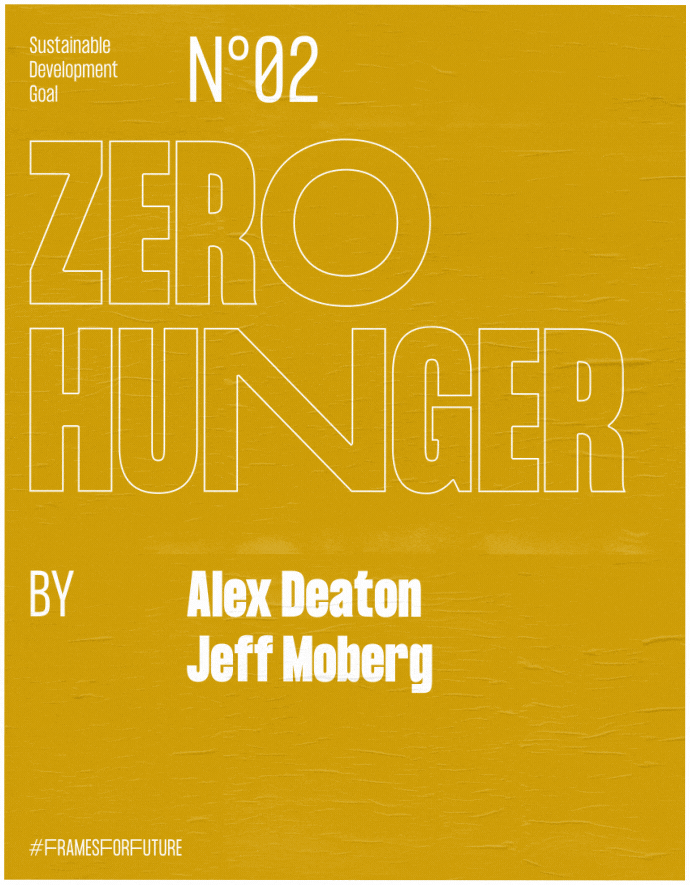
02 — ZERO HUNGERSustainable Development Goal

03 — GOOD HEALTH AND WELL-BEINGSustainable Development Goal
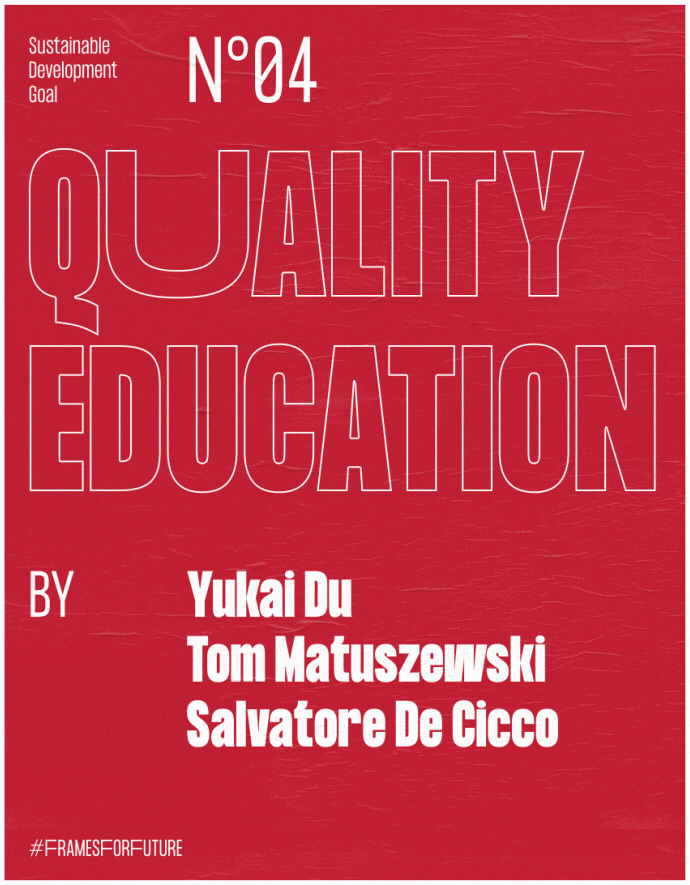
04 — QUALITY EDUCATIONSustainable Development Goal
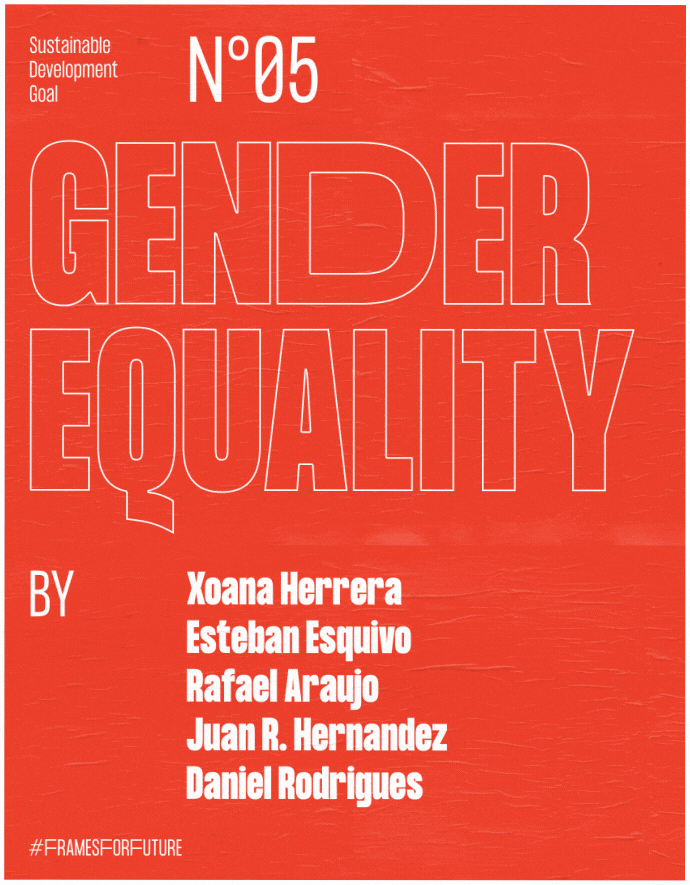
05 — GENDER EQUALITYSustainable Development Goal
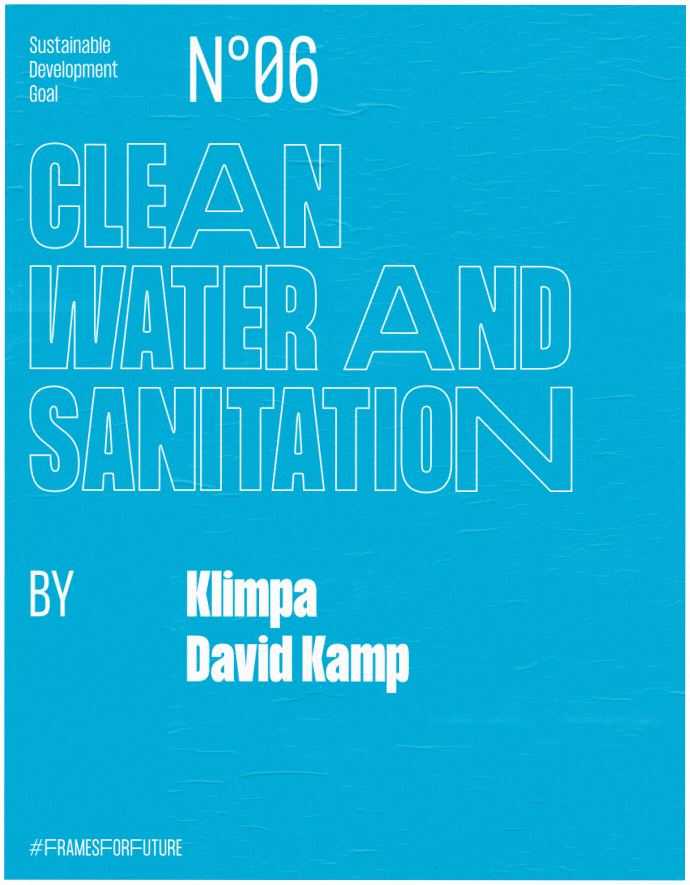
06 — CLEAN WATER AND SANITATIONSustainable Development Goal
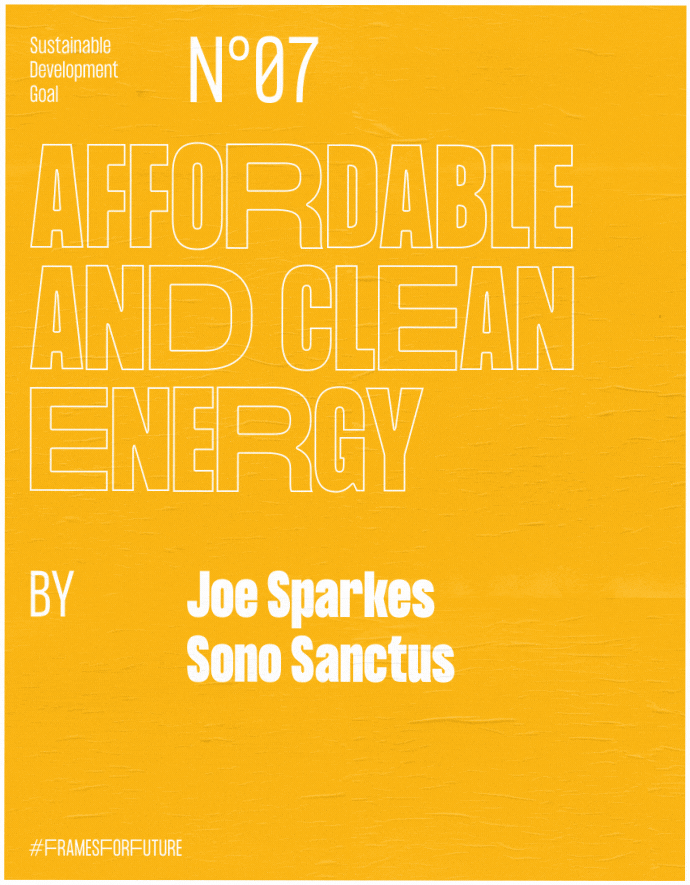
07 — AFFORDABLE AND CLEAN ENERGYSustainable Development Goal

08 — DECENT WORK AND ECONOMIC GROWTHSustainable Development Goal
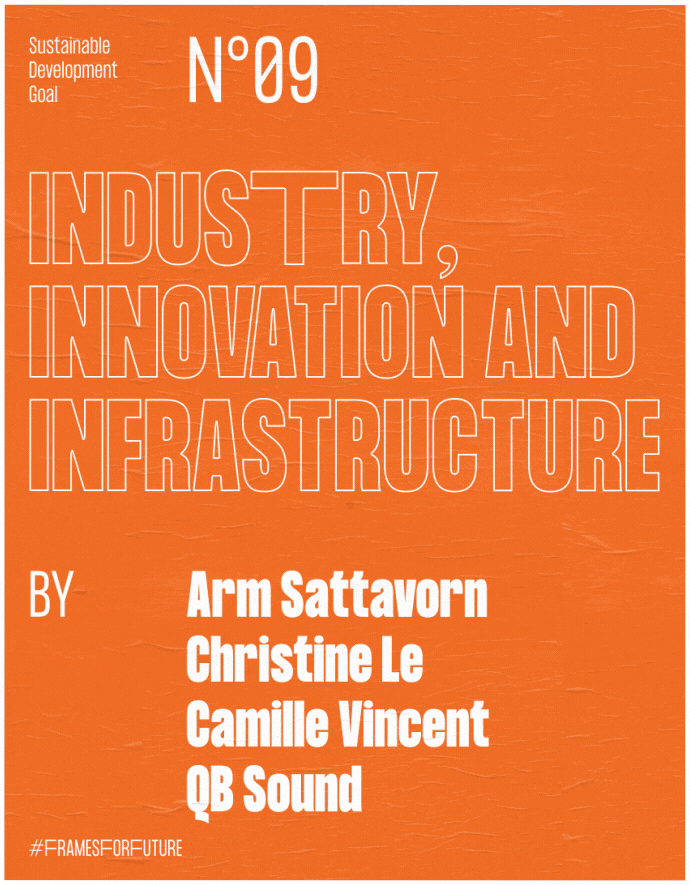
09 — INDUSTRY, INNOVATION AND INFRASTRUCTURESustainable Development Goal
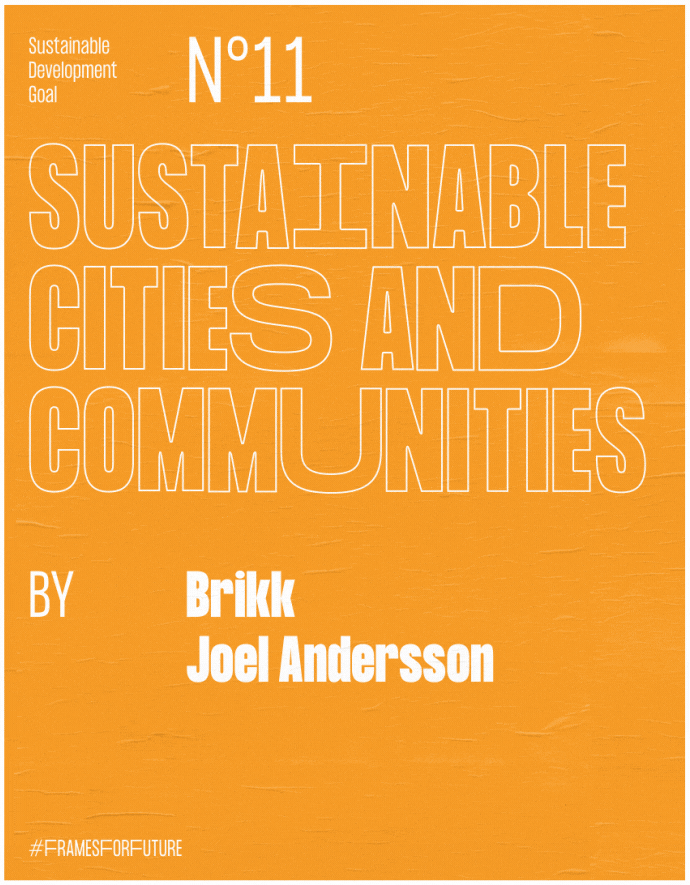
11 — SUSTAINABLE CITIES AND COMMUNITIESSustainable Development Goal
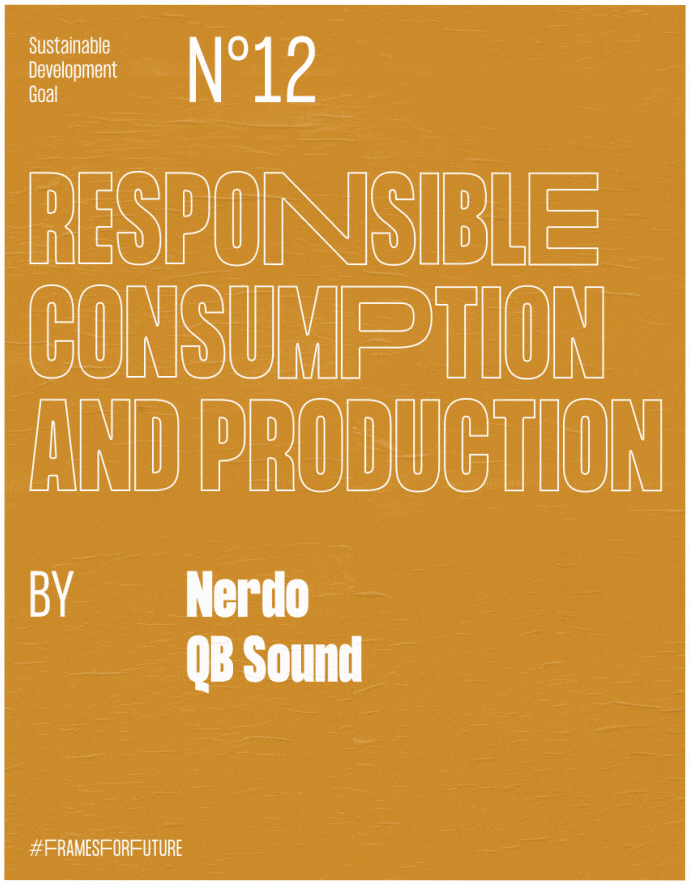
12 — RESPONSIBLE CONSUMPTION AND PRODUCTIONSustainable Development Goal
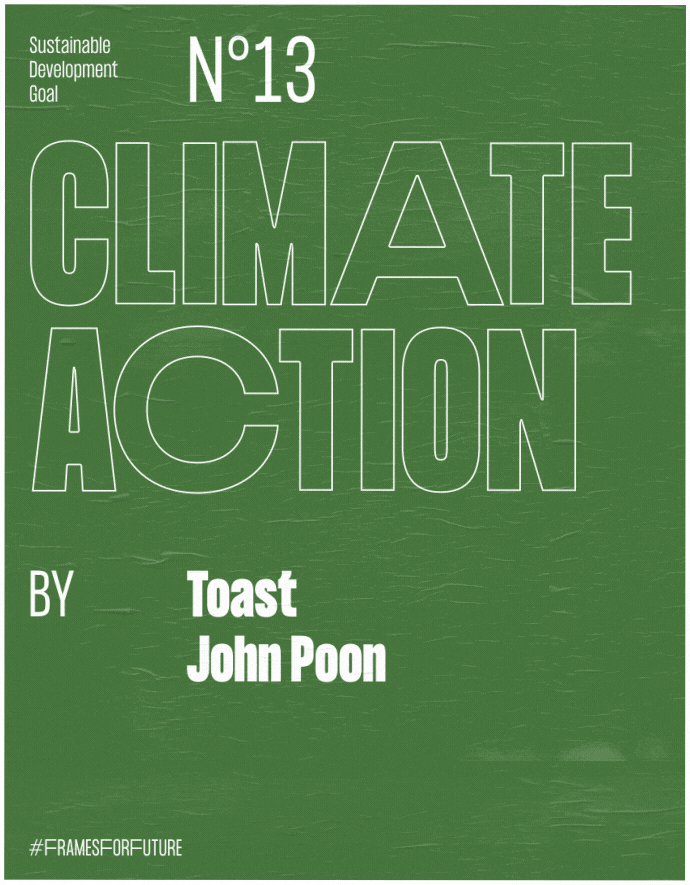
13 — CLIMATE ACTIONSustainable Development Goal
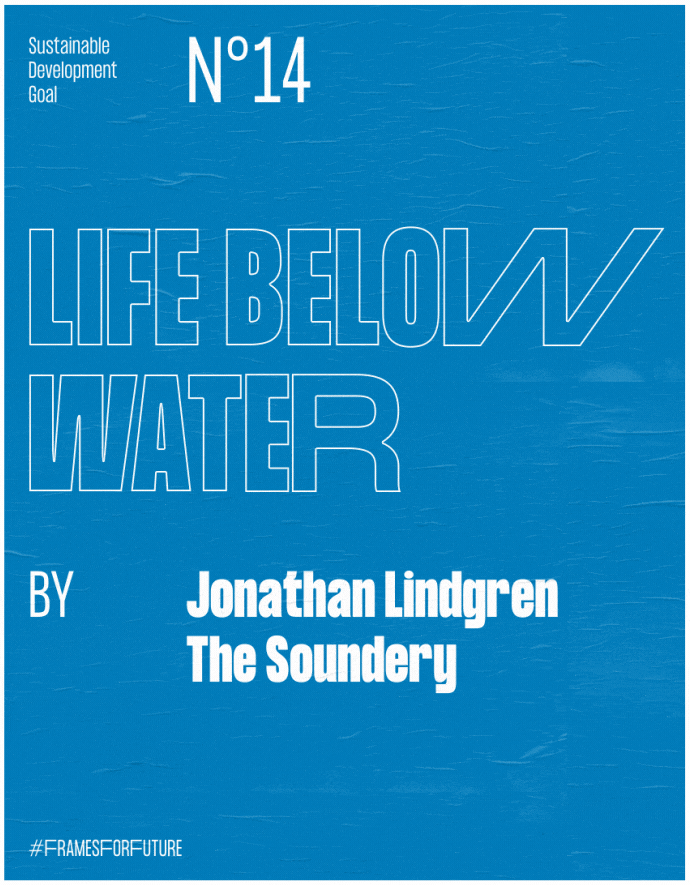
14 — LIFE BELOW WATERSustainable Development Goal
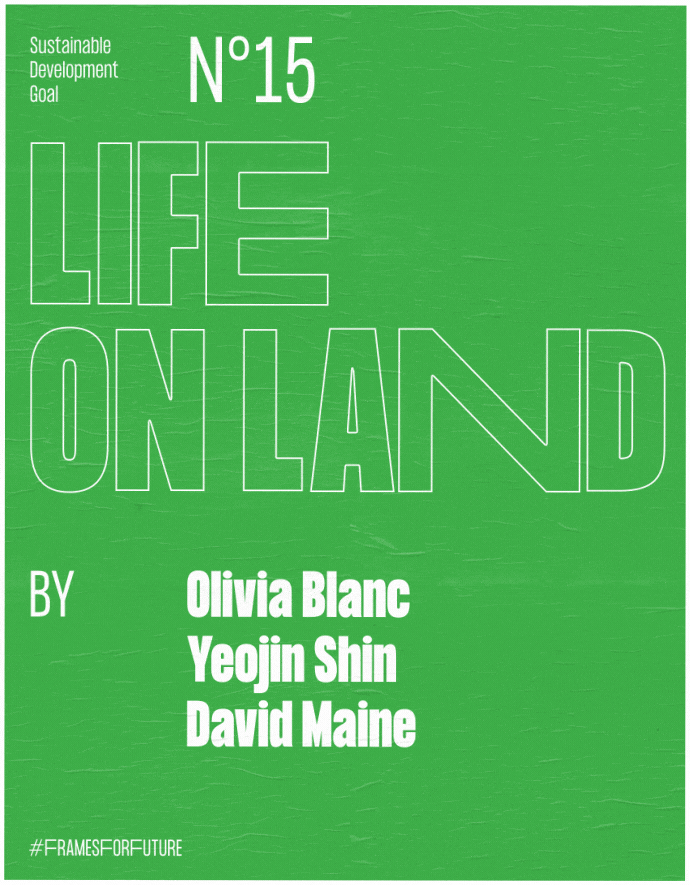
15 — LIFE ON LANDSustainable Development Goal
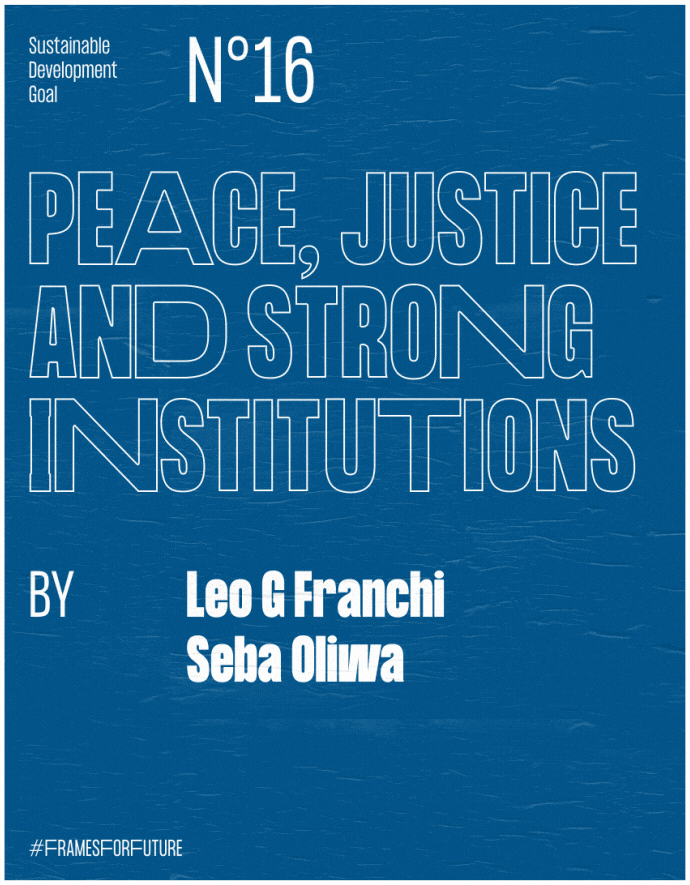
16 — PEACE, JUSTICE AND STRONG INSTITUTIONSSustainable Development Goal
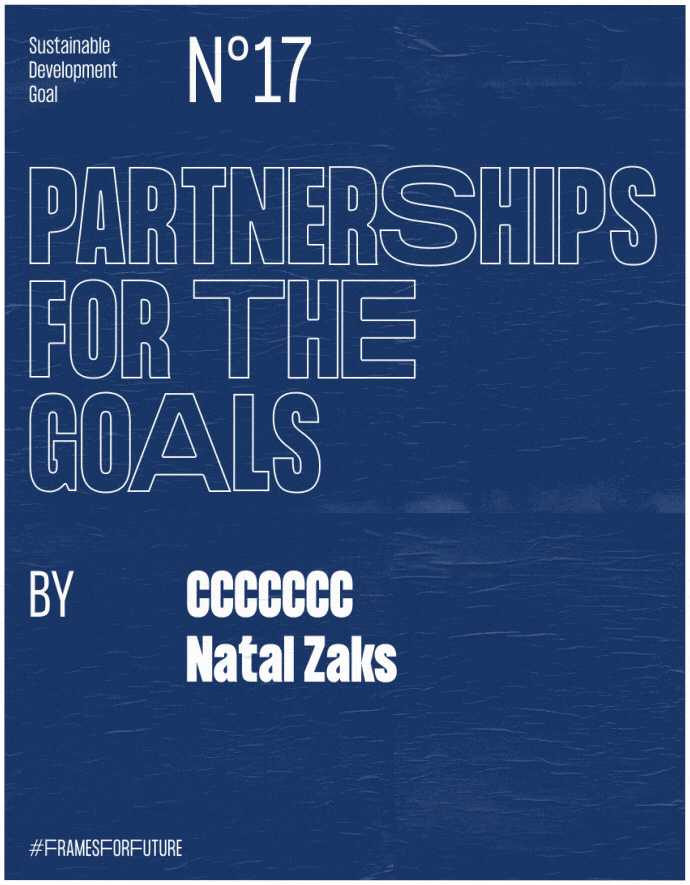
17 — PARTNERSHIPS FOR THE GOALSSustainable Development Goal
